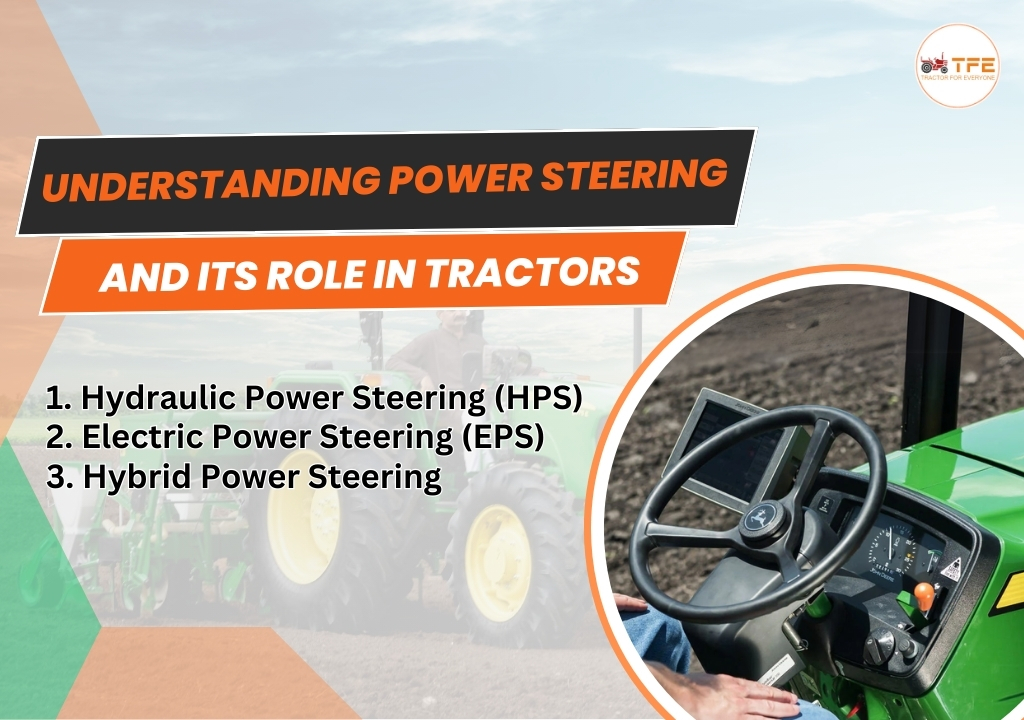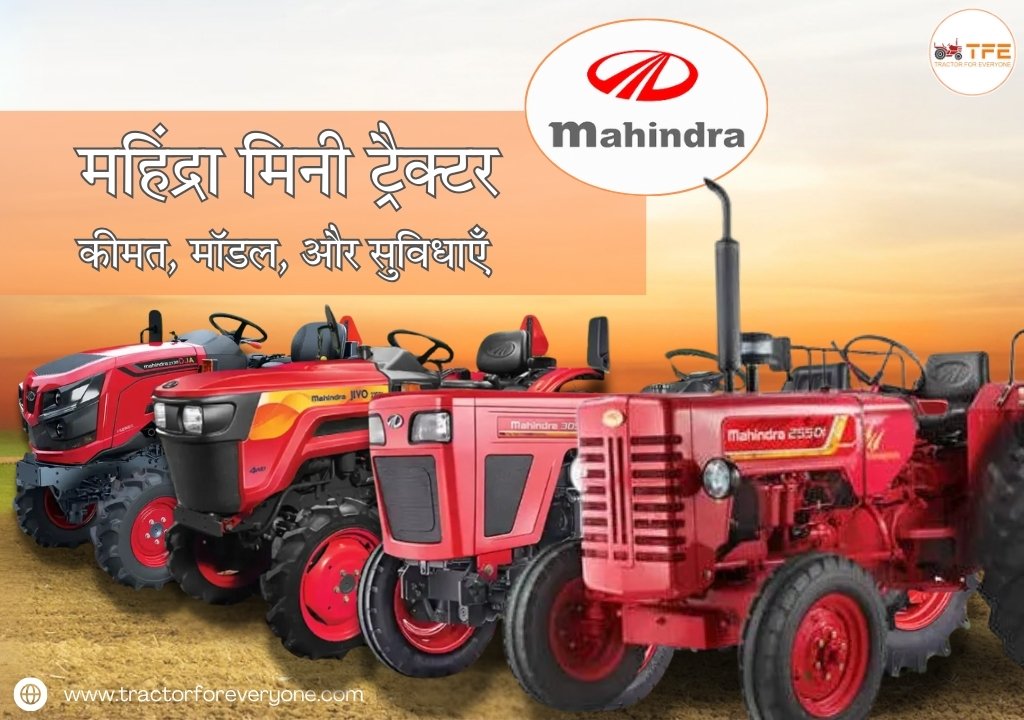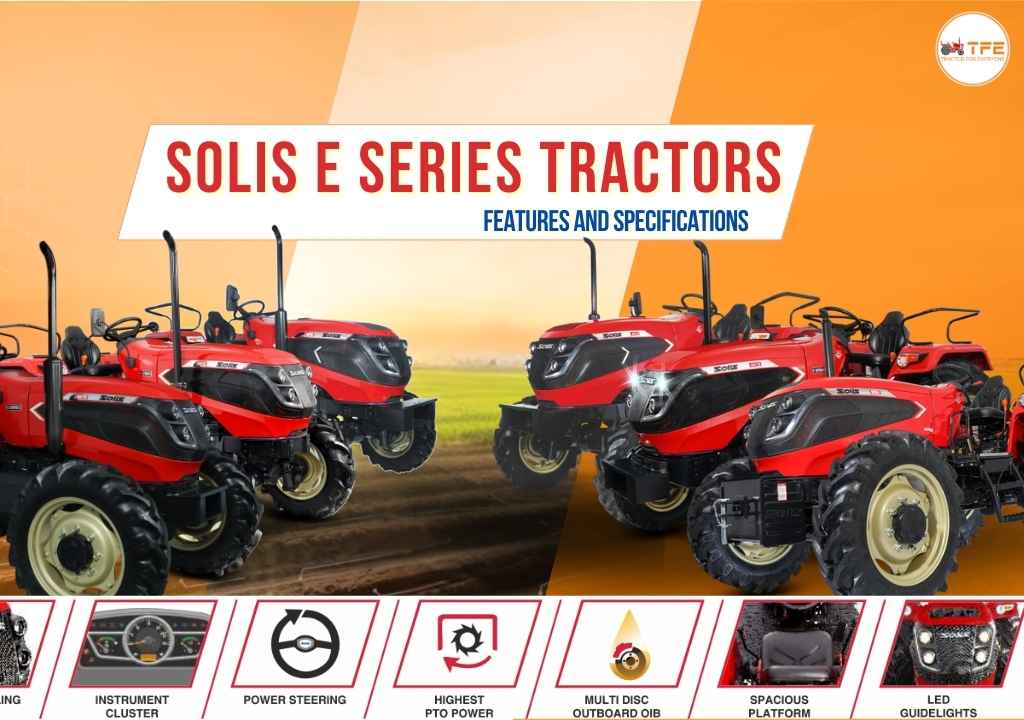Best Used Car, Services, Auto Parts, Rent Car Available for Buy and Sell Near By Go Ahead
- Swaraj Price 2025: Latest Swaraj Tractor Price List and On-Road Rates in India
- महिंद्रा मिनी ट्रैक्टर - कीमत, मॉडल, और सुविधाएँ
- Best Tractors in India 2025: Top 10 Picks for Every Farm Size
- Swaraj 855 FE Tractor Review 2025 Features, Price and Performance Explained
- महाराष्ट्र फार्मर आयडी: ऑनलाइन नोंदणी प्रक्रिया, कागदपत्रे आणि फायदे
- Sonalika Tractor Price 2025 Complete List of Models, Series and Latest Offers
- Swaraj Tractor Price List 2025: Best Tractors for Small, Medium & Large Farms
- Swaraj 744 FE Price, Features & On-Road Cost Explained for 2025
- Mahindra Tractors Price 2025: Complete List, Series-Wise Comparison and Best Models
- New Holland 3630 TX Super Plus+ Tractor Review 2025: Features, Price and Performance

Understanding Power Steering and Its Role in Tractors
Power steering is a game-changing technology in the automotive and agricultural sectors, significantly enhancing maneuverability and reducing driver fatigue. In tractors, this feature plays an even more crucial role, given their size and the demanding tasks they perform. Let's explore what power steering is, how it works in tractors, and its key benefits.
What is Power Steering?
Power steering is a system designed to reduce the physical effort required to steer a vehicle. It allows for easier and more precise handling, especially during low-speed operations or when maneuvering heavy vehicles. Power steering systems are broadly categorized into:
-
Hydraulic Power Steering (HPS)
Hydraulic power steering relies on pressurized hydraulic fluid to assist with steering. Here’s how it works:
- A hydraulic pump, powered by the engine, circulates fluid under pressure.
- When the steering wheel is turned, the pressurized fluid moves a piston inside a hydraulic cylinder.
- The movement of the piston assists in turning the vehicle’s wheels, reducing the effort required from the driver.
Hydraulic systems are known for their reliability and are commonly found in older tractor models and heavy-duty vehicles. However, they may require more maintenance due to the wear and tear on components like hoses and pumps.
-
Electric Power Steering (EPS)
Electric power steering employs sensors and an electric motor to provide assistance:
- Sensors detect the steering input from the driver.
- The control module processes the input and activates the electric motor.
- The motor applies the necessary torque to assist in steering, ensuring precise and energy-efficient control.
EPS systems are becoming increasingly popular in modern vehicles, including tractors, due to their reduced energy consumption and lower maintenance requirements compared to hydraulic systems.
-
Hybrid Power Steering
This system combines the features of hydraulic and electric systems by using an electric pump to pressurize the hydraulic fluid. It offers improved reliability and efficiency while retaining the benefits of hydraulic assistance. Hybrid systems are particularly useful in high-performance vehicles and tractors that require consistent and dependable steering support.
Components of Power Steering Systems
Power steering systems consist of distinct components based on their type:
Hydraulic Power Steering:
- Hydraulic Pump
Generates pressure to circulate the hydraulic fluid.
- Hydraulic Cylinder
Contains a piston that aids in wheel movement.
- Steering Control Valve
Regulates the flow of hydraulic fluid for smooth operation.
- Reservoir
Stores the hydraulic fluid and supplies it to the pump as needed.
- Hoses
Transport the fluid between various components of the system.
Electric Power Steering:
- Electric Motor
Provides the necessary torque based on sensor inputs.
- Steering Column
The connection between the driver’s input and the steering mechanism.
- Control Module
Determines the level of assistance required, ensuring optimal performance.
- Sensors
Measure steering wheel angle, torque, and speed to deliver precise assistance.
- Battery
Supplies power to the electric motor, ensuring the system’s operation.
Benefits of Power Steering in Tractors
Power steering is invaluable in tractors, offering several advantages:
- Reduced Driver Fatigue
Operating a tractor can be physically demanding. Power steering minimizes the effort required to turn the wheels, making long hours on the field less tiring.
- Improved Precision
Enhanced control ensures better maneuverability, particularly in tight spaces or when handling heavy loads.
- Increased Accessibility
Power steering makes it easier for operators of varying physical strengths to handle tractors, promoting inclusivity.
- Enhanced Productivity
With less physical strain, operators can focus on the task at hand, improving overall efficiency and output.
- Safety Improvements
Precise handling reduces the likelihood of accidents, especially in challenging terrains or during complex tasks like ploughing or harvesting.
How Tractor Power Steering Works
Tractors, known for their robust design and heavy-duty tasks, rely on power steering to improve efficiency and usability. Depending on the system, the functioning may vary:
Hydraulic Systems in Tractors:
- Hydraulic power steering systems in tractors use pressurized hydraulic oil to reduce steering effort.
- This system is especially beneficial when working with heavy implements or at slow speeds, where manual steering would otherwise be challenging.
- Hydraulic steering systems in tractors are designed to withstand the rigors of agricultural operations, ensuring durability and consistent performance.
Electric Systems in Tractors:
- Modern tractors are increasingly adopting electric power steering. These systems are more energy-efficient, require less maintenance, and provide smoother operation compared to traditional hydraulic setups.
- Electric systems often come with advanced features such as variable steering assistance, which adjusts based on the speed and load conditions, providing optimal performance in all scenarios.
Also Read: Guide to Mini and Small Combine Harvesters in India
Key Considerations When Choosing Power Steering for Tractors
When selecting a tractor with power steering, consider the following factors:
- Type of Steering System
Evaluate whether a hydraulic, electric, or hybrid system best suits your operational needs and maintenance preferences.
- Operating Conditions
For heavy-duty tasks or uneven terrains, hydraulic systems may offer more robustness. For modern features and ease of use, electric systems are a better choice.
- Maintenance Requirements
Hydraulic systems may require regular checks for fluid levels and hose integrity, while electric systems need occasional sensor calibration and software updates.
- Budget
While hydraulic systems may be more cost-effective upfront, electric systems can offer long-term savings through reduced maintenance.
Conclusion
Power steering has revolutionized how tractors are operated, offering unmatched ease and precision. Whether hydraulic or electric, these systems enhance productivity by reducing physical strain and improving handling. For farmers, understanding the type of power steering in their tractors and its benefits can lead to better decision-making and more efficient operations on the field.
If you’re considering upgrading your tractor or exploring models with advanced features like power steering, be sure to assess your operational needs and consult trusted sources for guidance. The right choice can make a significant difference in your farming efficiency. With power steering, your tractor becomes not just a machine but a reliable partner in achieving your agricultural goals.
Write a Comment
Popular Blogs View All
-

Swaraj Price 2025: Latest Swaraj Tractor Price List and On-Road Rates in India
07/24/2025, POSTED BY ADMIN -

महिंद्रा मिनी ट्रैक्टर - कीमत, मॉडल, और सुविधाएँ
02/18/2025, POSTED BY ADMIN -

Best Tractors in India 2025: Top 10 Picks for Every Farm Size
05/29/2025, POSTED BY ADMIN
Popular Video View All
-

महाराष्ट्रात Second Hand Tractors ची उत्तम संधी! तुमच्या बजेटमध्ये, विश्वासार्ह ट्रॅक्टर मिळवा!
12/16/2025, POSTED BY ADMIN -

TFE Reaper Machine Working | Full Multi-Crop Cutting Process!
12/16/2025, POSTED BY ADMIN -

5 Things You Need to Know Before Buying a Solis E Series Tractor
05/17/2025, POSTED BY ADMIN

